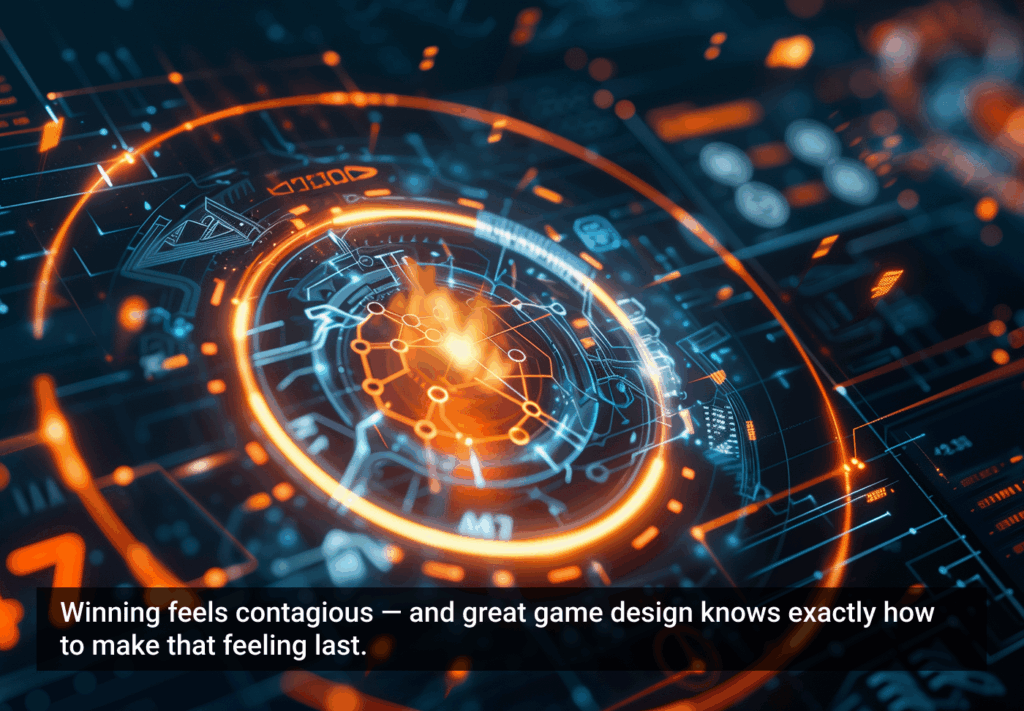A recent story, that’s quickly becoming a classic, is the origin and design of the Target pill bottle and the surrounding ClearRX system. It’s an inspiring and instructive story about the power of design to impact business and to change people’s lives. In advance of her keynote at Adaptive Path’s User Experience Week, Brandon Schauer, Design Strategist at Adaptive Path, talked to designer Deborah Adler, designer of the ClearRX pill bottle, about her experience.
Brandon Schauer [BS]: Your session at UX Week it’s titled “ClearRX from Masters Thesis to Medicine Cabinet.” Can you give us a quick summary of what ClearRX really is?
Deborah Adler [DA]: Sure, ClearRX is a packing system for people who use prescription medicine. It makes it easier for people to understand how to take their medicine.
BS: But Target didn’t ask you to design this?
DA: They did not. Actually, my project began as a student project. I was getting my Masters at the School of Visual Arts in Manhattan, and the program is called Designer as Author; you have to come up with a product and effectively and eventually bring it to market. At the time, I was coming up with my thesis and my grandmother accidentally took my grandfather’s medicine; they were both prescribed the same drug, but just different dosage strengths. When I looked in their medicine cabinet, I wasn’t at all surprised by their befuddlement because it turned out that their package was practically identical. So that’s when I decided, “Hey, maybe I’ll redesign the prescription bottle for my thesis.” And that’s what I did, and after I did that I brought it to Target.
“..my teachers sort of shrugged their shoulders and said, “Why would you want to design medicine bottles for your thesis when there’s so many other interesting things you can do?”
BS: I know you took a look at the broader experience occurring out in the world with the current pill bottle system after your grandparent’s accident. Can you tell me a little bit about that?
DA: When my grandparents had the accident, I wanted to make sure that they were not alone, so I started to research the topic to make sure that it was a valid project. I quickly learned that they were not alone and, in fact, sixty percent of Americans mistake their medication. Compliance is a big issue in this industry, and it’s actually an area that had been untouched. A lot of attention goes to medication errors that happen in hospitals, but not necessarily in the home environment. I wanted to tap into that and see if I could make a contribution in that area.
BS: Can you tell me a little bit more about the your approach to tackling this problem?
DA: I started to research the topic to find other examples of people that had made mistakes; for example, one woman chewed her medication and misread the label that said, “Do not chew or crush. Swallow whole.” She died because the medication went into her blood stream too quickly. I started with a lot of research on what the problems with the existing product were, and then from that point I addressed all of the issues and applied that to my packaging.
BS: How does the new ClearRX system start to address some of those issues you found?
DA: I feel that the new ClearRX system is just a lot easier for Target guests to understand than what previously existed. Everything from the layout of the label, which is much more intuitive and based on information architecture, to the color coding system which applies a certain color to a certain person, to the flat surface of the bottle. We made these decisions to deliver a better experience for the ClearRX user.
BS: Why do you think that this was a really appropriate problem for a designer, like yourself, to take on?
DA: It was, for me, a perfect project because it was so riddled with confusion, and it was an opportunity to really bring a lot of clarity to this arena, which is what I like to do as a designer. Some designers don’t find it interesting. In fact, when I first started with this thesis project a lot of my teachers sort of shrugged their shoulders and said, “Why would you want to design medicine bottles for your thesis when there’s so many other interesting things you can do?”
BS: Something I’ve found really inspirational about the ClearRX work is that you didn’t just change the pill bottle’s packaging; you worked with Target to make it into a full system. For example, Target changed how it trained pharmacists. Target changed their IT systems that drove the pharmacy, their marketing, and many other changes that surrounded the new pill packaging. Why do you think Target was willing to take on this dramatic, systemic change when you presented them with this idea of a better pill bottle, a better packaging?
DA: That’s a very good point because it was an endless collaborative effort, and it included Target Technology Services to make sure that the computer software was — we had to design a new label — working properly. Plus, the pharmacy team, marketing team, operations team — because, really, the most important people were the people on the front line, the actual pharmacists were my first client. I had to make sure that they were happy, because if they weren’t then it would trickle down to the guest. It was a huge collaboration, and I think Target knew what they were taking on when they decided to go forward with this. I think that they basically did it because they’re committed to their customers, and they always go the extra distance to create customer loyalty, plus the fact that they’re committed to excellent design; it’s the core essence of their brand.
BS: It’s interesting to look at the impact that the design has had: there’s been an increase in pharmacy sales at Target, but also there’s been an impact on a societal level. The U.S. Surgeon General has even thanked you and Target for improving the health lives of Americans. How has this experience with Target and the ClearRX extended into the work you do today? What have you learned from it?
DA: ClearRX has made an impact in the medical community as well as the design community and in popular culture, so it’s been a great experience, and I learned a few things. I’m currently working with a company called Medline, and I just finished developing a packaging system for their Advanced Wound Care Nurses. The packaging makes it easier for nurses to apply these dressings onto their patients in hospitals, because there’s a lot of confusion in that area as well. So, it’s opened up the medical world to me. My experience with Target has taught me how to work with big teams, to keep my eye on the big picture, and to try and make something happen — which is priceless. I got to work with over 200 Target team members, very quickly and effectively. I think we did the whole thing in about eight months from start to finish, which is a huge undertaking, especially in an industry that’s very slow, the pharmacy industry. I learned how to take on big projects like this.
As a designer, I like to think in systems. I work with Milton Glaser, and we work on projects ranging from identity systems to posters to environments. We like to think about things not just as individual components, but also as a larger system.
BS: Thank you, Deborah. This is an excellent preview, I think, of what people will hear from you at UX Week.
NOTE: Deborah Adler will be keynoting the first day of Adaptive Path’s UX Week in Washington DC, August 13-16.







